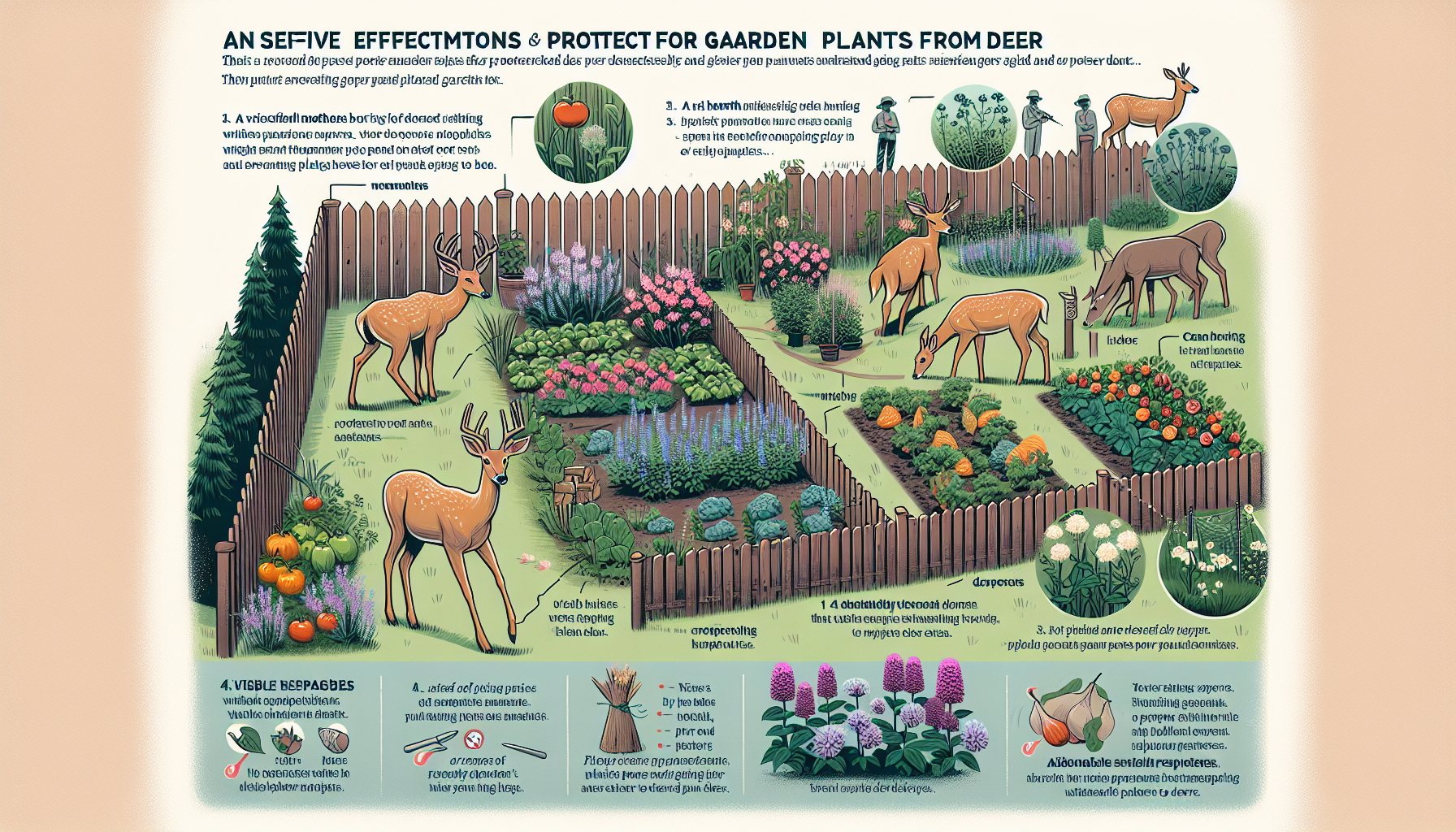
how to keep deer from eating plants
How to Keep Deer from Eating Plants
Deer can be beautiful to watch from afar, but they can wreak havoc on your garden when they start munching on your carefully cultivated plants. If you’re tired of waking up to find your flowers or vegetables destroyed, don’t worry! There are several effective ways to keep deer at bay and protect your garden from becoming their buffet.
1. Choose Deer-Resistant Plants
One of the easiest ways to deter deer is by planting species that they find less appetizing. Deer tend to avoid plants with strong scents, fuzzy textures, or bitter tastes. Some great deer-resistant plants include:
- Lavender
- Salvia
- Marigolds
- Yarrow
- Foxglove
While no plant is 100% deer-proof, incorporating these into your garden can make it less appealing to deer.
2. Install Fencing
Fencing is one of the most effective ways to keep deer out of your garden. However, it needs to be tall enough to prevent them from jumping over. Ideally, a fence should be at least 8 feet high. If a tall fence isn’t an option, you can try installing a double fence, as deer find it difficult to navigate narrow spaces.
Check out this guide to deer fencing for more ideas.
3. Use Natural Deterrents
Deer have sensitive noses, and strong smells can discourage them from entering your garden. Consider using natural deterrents such as:
- Human hair clippings
- Bars of soap hung from trees
- Homemade sprays made with garlic, cayenne pepper, or vinegar
Reapply these deterrents regularly, especially after rain, to maintain their effectiveness.
4. Incorporate Motion-Activated Devices
Deer are easily startled, so motion-activated sprinklers or lights can be a great way to scare them off. These devices activate when they detect movement, creating an environment that deer find uncomfortable and unpredictable.
For more information on motion-activated devices, visit Home Depot.
5. Create Physical Barriers
If fencing isn’t an option, you can use other physical barriers like netting or chicken wire to protect specific plants. Covering plants individually can be time-consuming but is especially effective for smaller gardens or prized plants.
6. Don’t Forget to Rotate Strategies
Deer are intelligent creatures, and they can become accustomed to certain deterrents over time. To maintain your garden’s protection, rotate your strategies regularly. For example, alternate between natural sprays and motion-activated sprinklers to keep them guessing.
Conclusion
Deer-proofing your garden doesn’t have to be overwhelming. By combining deer-resistant plants, fencing, deterrents, and physical barriers, you can significantly reduce the likelihood of deer feasting on your garden. Remember, persistence is key! With these strategies in place, your plants will have a much better chance of thriving.
Have you had success with keeping deer out of your garden? Share your tips in the comments below! For more gardening advice, check out our Gardening Tips section.